Baldpates, also known as America wigeons, are ducks native to North America. They are noisy, though that is far from unusual for any duck species. Their heads are gray and green, with white feathers across the top of the skull. This coloration is where they get their name, because it makes them look “bald.” Read on to learn about the baldpate.
Description of the Baldpate
These ducks are relatively dull colored, with the males slightly less so. They have brown feathers, with black or dark brown barring and wing tips. Males have iridescent green around their eyes and back down their necks. The rest of their face is gray, and the top of their head is white. They are 16 – 23 in. long, and weigh just under 3 lbs. at their heaviest.
Interesting Facts About the Baldpate
Baldpates are quite unique little waterfowl. They live across large expanses of North America at various times of year. Learn what makes them interesting below.
- Old and Bald – Like bald eagles, baldpates aren’t actually bald. Instead, their feathers are simply white (again, like bald eagles). However, they are old! The oldest recorded baldpate lived to the ripe age of 21 years.
- Goose-like Duck – Most ducks feed on aquatic vegetation, but also hunt for small invertebrates and fish. Geese, on the other hand, eat lots of grass and aquatic vegetation, and much fewer invertebrates. Baldpates are more like geese in this regard, because they use their short bills to feed on grass and other plants.
- Short is In – In fact, the short bill actually makes it easier for them to graze on grass. Because the bill is shorter, they can bite harder at the tip. This allows them to pluck leaves and grasses easily. Of course it also means you also don’t want one to bite you!
- Social Quacks – Baldpates enjoy the company of other ducks, and even other species of aquatic birds. As they swim along the surface of lakes and ponds, they often join in with divers or coots. They aren’t the best buddies to have however, baldpates will often snag plants other birds have brought to the surface and eat them.
Habitat of the Baldpate
These birds live in a variety of different watery habitats. They spend most of their time in the water, though nesting females lay their eggs on dry land. Baldpates inhabit lakes, swamps, rivers, ponds, marshes, wetlands, estuaries, and even urban areas like parks and gardens. They are particularly fond of golf courses because there are many water features and there is lots of grass to eat.
Distribution of the Baldpate
Baldpates have an incredibly wide distribution, and live across much of North America and into Central America as well. In Canada, they breed and migrate through most of the country, save for the coldest northern regions.
Their range also extends into Alaska from Canada. Breeding and migrating birds live across the entire United States and Mexico. A strip of winter residents also takes up residence along the western coast of Central America.
Diet of the Baldpate
Unlike most ducks, these birds are almost entirely herbivorous. They eat many different types of plants, both on land and underwater. In the water, baldpates feed on cattails, duckweed, sedge, and more. On land they crop grass, and also eat rice, clover, wheat, and seeds.
During the breeding season females eat more insects, like flies, beetles, and shrimp. Laying eggs requires additional protein in the diet that isn’t necessary at other times of year.
Baldpate and Human Interaction
These birds have healthy populations, and the individual states manage hunting to protect the species. The IUCN lists them as Least Concern. Despite this, they are more rare in some areas than others. The impact varies by location, but generally speaking droughts and habitat loss are the most detrimental to this species’ population.
Domestication
Humans have not domesticated these ducks in any way.
Does the Baldpate Make a Good Pet
No, baldpates do not make good pets. They are wild birds, even though they may look a little like domestic ducks. In many areas it is illegal to own one as a pet.
Baldpate Care
In a zoological setting, this species requires care similar to other ducks and geese. They have a more herbivorous diet than other species, though they require more protein during egg laying. Baldpates are smaller than geese, but their diet is quite similar.
These ducks require an adequate amount of space and plenty of swimming room. They often live with other species of ducks and geese in zoos.
Behavior of the Baldpate
Unlike some other duck species, baldpates spend lots of time on land and in the water. They search for tasty aquatic plants in lakes and ponds, and come on land to graze grass.
As social birds, they lived in groups, though during the breeding season males are aggressive towards one another. They perform a variety of dances, swims, and calls to attract a mate.
Reproduction of the Baldpate
After mating, the female duck chooses a nest site in tall grass somewhat close to the water, though not directly on the water’s edge. They create the nest using grasses, cattails, and feathers.
After she finishes the nest, the female lays up to 13 eggs, and incubates them for 22 – 28 days. The chicks follow their mother soon after they hatch, and begin swimming and foraging almost immediately.

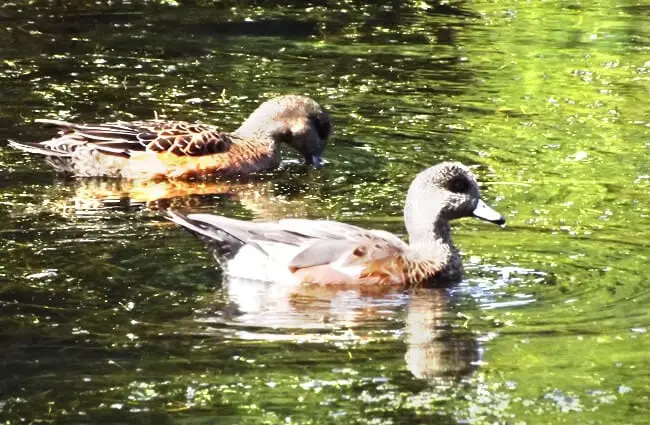
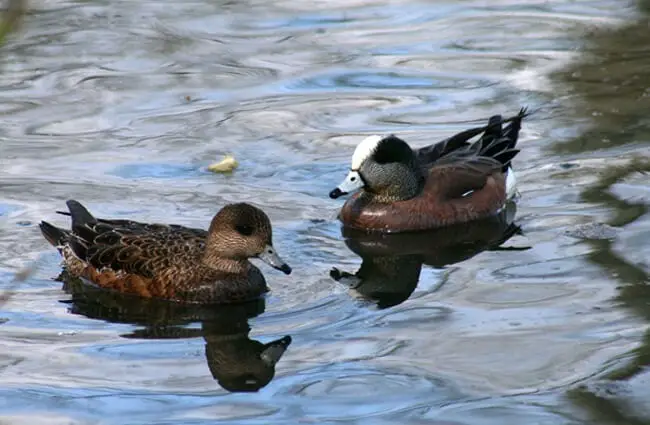

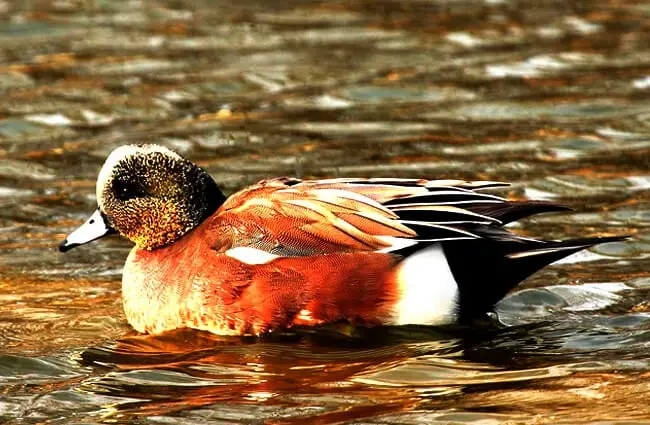


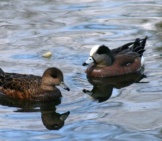
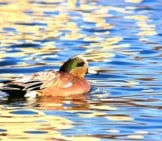
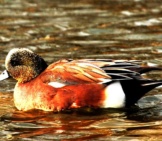

![Red Angus Closeup of a beautiful Red Angus cowPhoto by: U.S. Department of Agriculture [pubic domain]https://creativecommons.org/licenses/by/2.0/](https://animals.net/wp-content/uploads/2020/03/Red-Angus-4-238x178.jpg)












![Red Angus Closeup of a beautiful Red Angus cowPhoto by: U.S. Department of Agriculture [pubic domain]https://creativecommons.org/licenses/by/2.0/](https://animals.net/wp-content/uploads/2020/03/Red-Angus-4-100x75.jpg)

